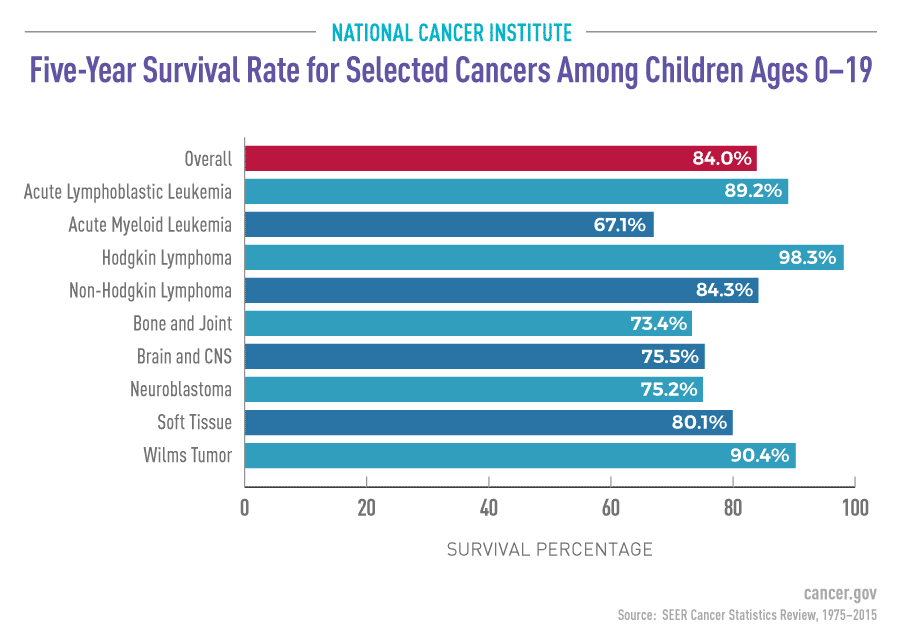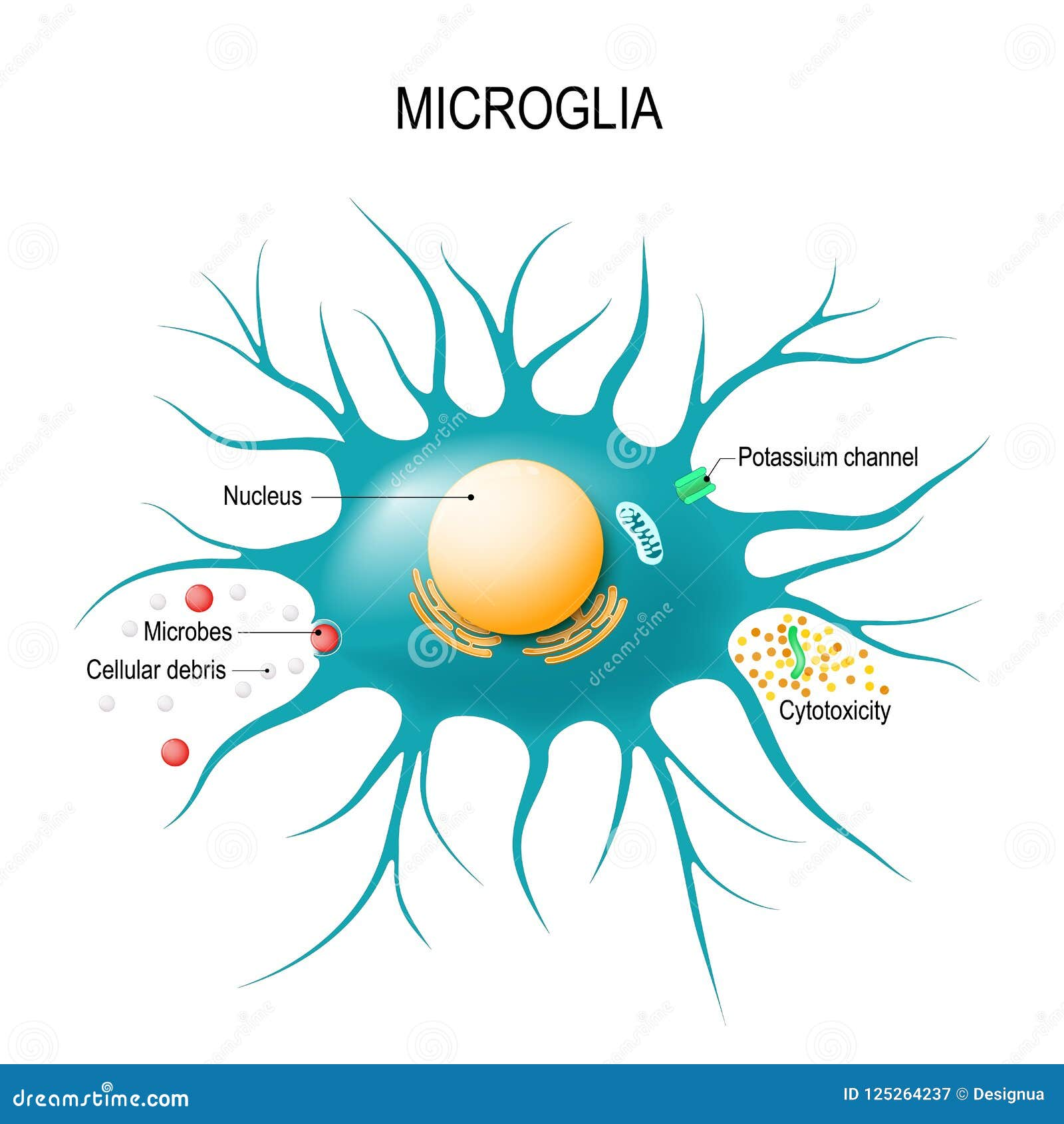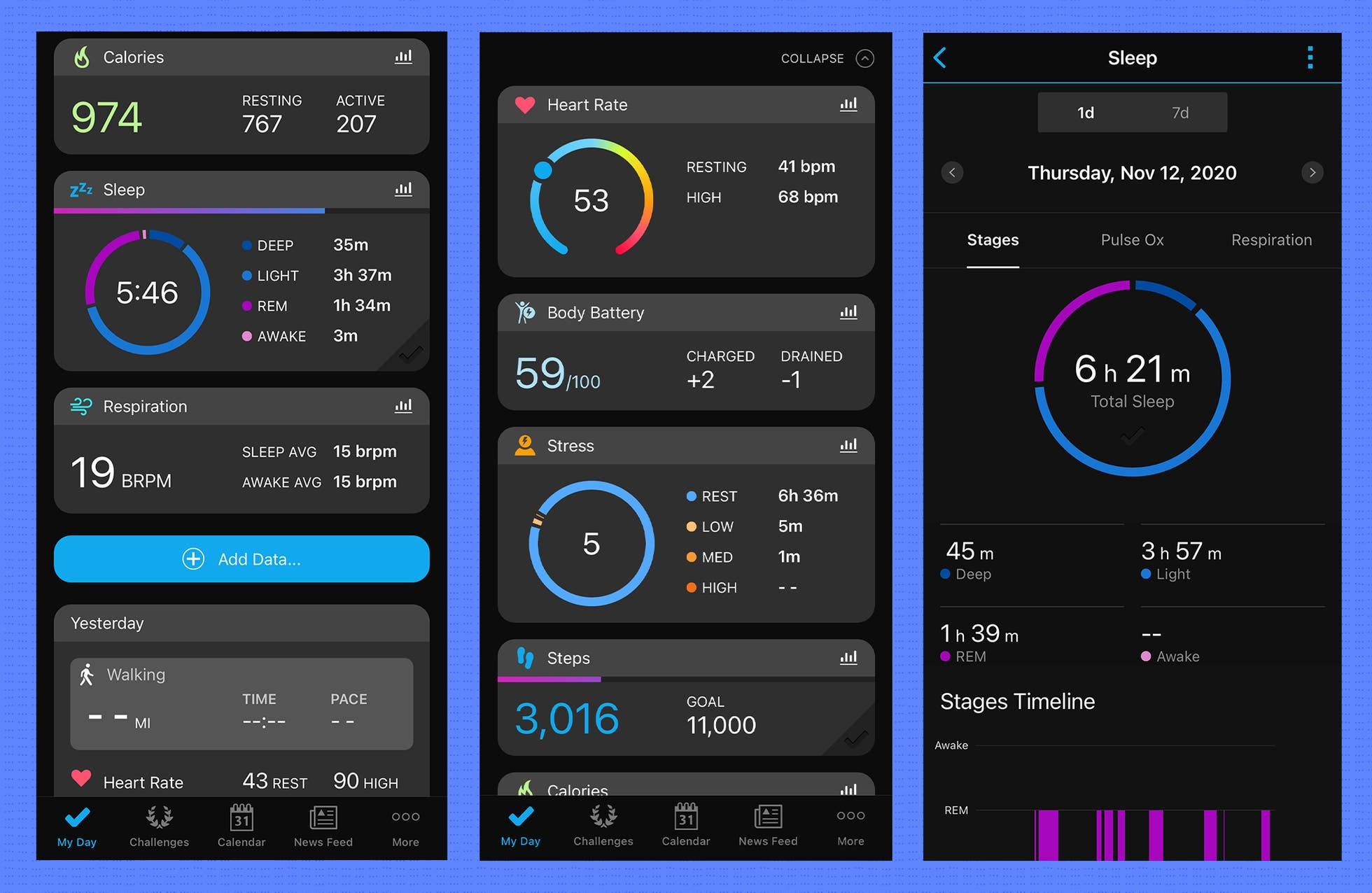Pediatric cancer recurrence is a pressing concern for families and healthcare providers alike. New advancements in technology, such as an innovative AI predictive tool, are revolutionizing the way we approach cancer relapse prediction in children. Researchers at Mass General Brigham have demonstrated that this AI-driven method outperforms traditional techniques, especially in monitoring pediatric glioma treatment. By analyzing hundreds of brain scans over time, the tool identifies which patients are at higher risk of tumor recurrence, offering a glimmer of hope for more tailored and effective treatment plans. As we dive into the complexities of pediatric cancer and its recurrence, the integration of machine learning in medicine is paving the way for breakthroughs in patient care and management.
The challenge of managing childhood cancer, particularly in terms of its potential return, is an ongoing battle faced by many healthcare providers. Alternative phrases for pediatric cancer recurrence include pediatric cancer relapse and the return of childhood malignancies. With innovative approaches such as AI-powered predictive analytics, better insights into patient outcomes are becoming possible. These advancements are especially promising in cases of pediatric gliomas, where early intervention and precise monitoring could significantly impact recovery. By harnessing data through tools that apply artificial intelligence in medical contexts, there’s a growing possibility for improved prognostication and therapeutic strategies.
The Role of AI Predictive Tools in Pediatric Cancer Treatment
Artificial Intelligence (AI) predictive tools have emerged as transformative assets in the medical field, particularly in managing pediatric cancer. By analyzing large datasets, these tools enhance decision-making regarding treatment options. For instance, the study conducted by researchers from Mass General Brigham utilized an AI tool that meticulously examined multiple brain scans over time, allowing for a nuanced understanding of pediatric glioma treatment. This sophisticated analysis not only aids in the identification of patients at risk of relapse but also facilitates personalized care strategies, potentially increasing the success rates of interventions.
The integration of machine learning in medicine is particularly pertinent to pediatric gliomas, cancers that often require comprehensive treatment plans. With the aid of AI, doctors can tailor therapies more effectively, ensuring that clinical decisions are substantiated by robust data analysis. Traditional prediction methods often rely on singular assessments, limiting their predictive power. However, the temporal learning method utilized in this study markedly improves outcomes by considering a child’s unique progression over time and highlighting shifts that could indicate an impending cancer relapse.
Frequently Asked Questions
How does the AI predictive tool enhance cancer relapse prediction in pediatric glioma patients?
The AI predictive tool significantly enhances cancer relapse prediction in pediatric glioma patients by using temporal learning techniques to analyze multiple brain scans over time. Unlike traditional methods that rely on single scans, this advanced algorithm synthesizes data from sequential imaging, achieving a prediction accuracy of 75-89% for glioma recurrence.
What is the role of machine learning in medicine for predicting pediatric cancer recurrence?
Machine learning in medicine plays a crucial role in predicting pediatric cancer recurrence by providing advanced analytical tools that assess patterns in imaging data. In the context of pediatric gliomas, machine learning algorithms learn from a series of MR scans to better identify early signs of relapse, offering potential for more accurate predictions than conventional imaging approaches.
Why is it important to predict pediatric cancer recurrence accurately?
Accurate prediction of pediatric cancer recurrence is vital because it can significantly impact treatment plans and patient outcomes. Children with pediatric glioma must undergo frequent follow-ups, and precise risk assessments can help in reducing the stress of unnecessary imaging, while also guiding timely interventions for high-risk patients.
What advancements have been made in glioma treatment concerning pediatric cancer recurrence prediction?
Recent advancements in glioma treatment concerning pediatric cancer recurrence prediction include the development of AI tools that utilize temporal learning. This innovative approach allows for more accurate assessment of recurrence risk by analyzing multiple brain scans, leading to improved management strategies and personalized treatment for pediatric patients.
How can improved cancer relapse prediction benefit families dealing with pediatric glioma?
Improved cancer relapse prediction can benefit families dealing with pediatric glioma by minimizing the frequency of stressful imaging procedures for low-risk patients, allowing families to focus on quality of life. Additionally, high-risk patients can receive timely interventions, potentially reducing the emotional and financial burdens associated with cancer recurrence.
What are the implications of AI tools in managing pediatric glioma recurrence risks?
The implications of AI tools in managing pediatric glioma recurrence risks are significant. These tools can refine the follow-up care process, allowing for tailored treatment plans based on individual recurrence risks. By integrating AI predictive models into clinical practice, healthcare providers can improve patient monitoring and potentially enhance outcomes in pediatric patients with brain tumors.
What is temporal learning and how does it improve cancer recurrence predictions?
Temporal learning is a technique that enables AI models to analyze sequences of images over time, enhancing the accuracy of cancer recurrence predictions. In pediatric glioma cases, this method allows the algorithm to recognize subtle changes in brain scans taken post-treatment, providing more reliable predictions of relapse compared to single-image analyses.
| Key Point | Details |
|---|---|
| AI Tool for Prediction | An AI tool predicts relapse risk in pediatric cancer patients with higher accuracy than traditional methods. |
| Research Background | The study conducted at Mass General Brigham involved nearly 4,000 MR scans from 715 pediatric patients. |
| Temporal Learning Technique | Temporal learning synthesizes findings from multiple brain scans for predicting cancer recurrence. |
| Prediction Accuracy | The model predicted glioma recurrence with 75-89% accuracy, better than the 50% accuracy from single scans. |
| Future Implications | Further validation needed before clinical application; potential for targeted adjuvant therapies. |
Summary
Pediatric cancer recurrence poses substantial challenges for young patients and their families, but recent advancements in AI technology present new hope. A study found that an AI tool significantly outperformed traditional methods in predicting the risk of relapse in pediatric glioma cases. By utilizing a new approach called temporal learning, which analyzes multiple brain scans over time, researchers were able to achieve a remarkable prediction accuracy. This innovative technique could lead to earlier identification of high-risk patients and potentially refine treatment strategies, making substantial strides in pediatric cancer care.



